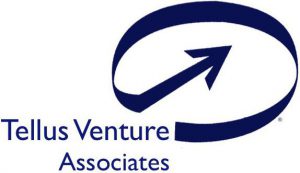M2M standards will unleash innovation

Bringing down the vertical market.
Machine-to-machine communication protocols are propriety, frequently established by low volume vertical applications that are bolted onto existing mobile networks. There’s no established way to make M2M equipment that can roam across a large ecosystem of different networks. But similar to the GSM and CDMA standards that were originally developed for voice, carriers are starting to group together, with four European carriers – Telecom Italia, Deutsche Telekom, Orange and TeliaSonera – forming the Global M2M Association (GMA) and a larger group – which includes NTT Docomo, SingTel, Telefonica, O2 and Optus – coalescing around a proprietary platform developed by Jasper Wireless.… More









